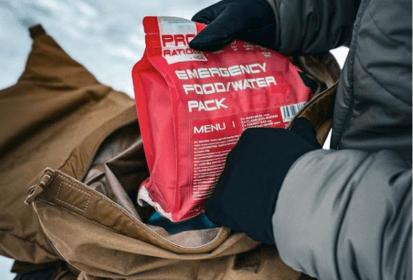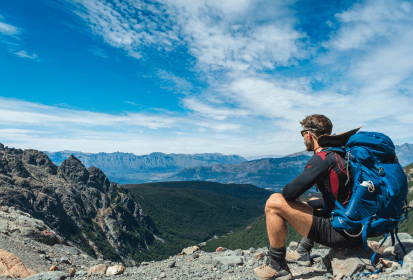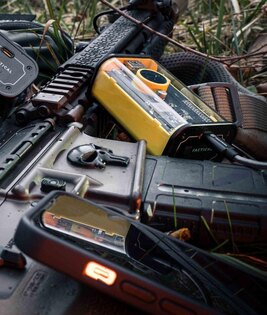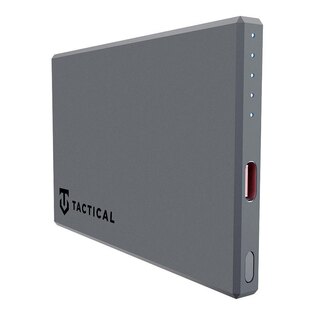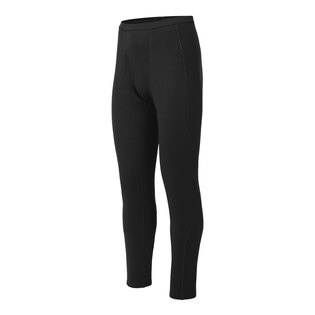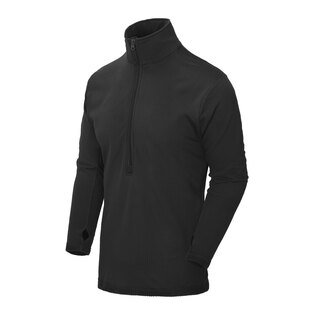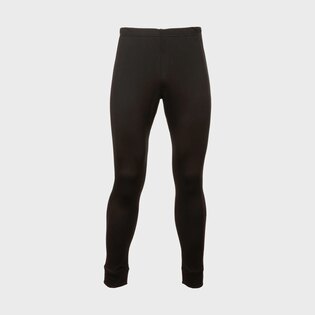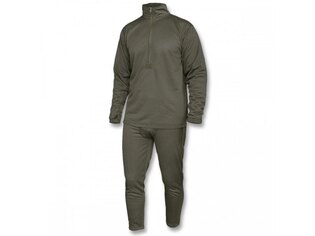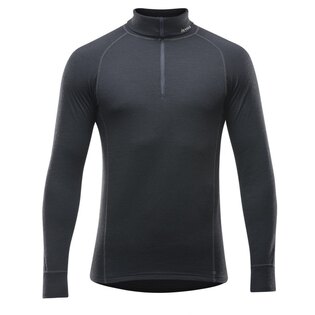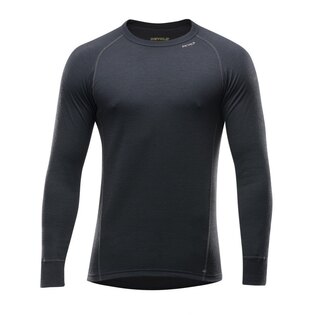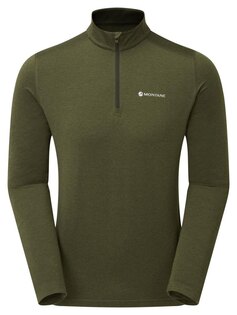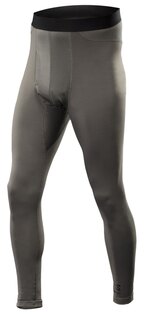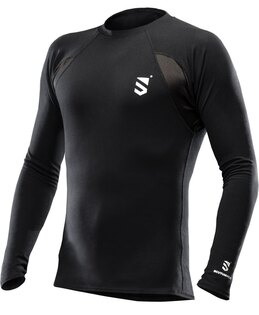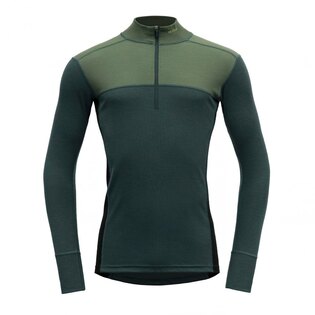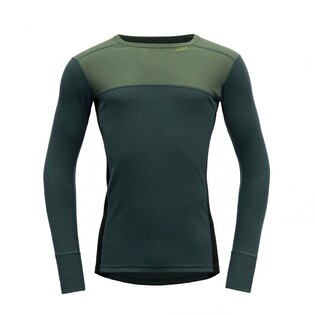How to move safely in winter mountains
Mountains are beautiful in winter. But they can also be treacherous. Moving safely in the winter mountains requires great caution and compliance with certain basic rules to ensure hat you and the other members of the group return safely from the hike. If only because if you have an accident in the winter mountains, there is an additional risk of hypothermia. Avalanches are also a risk in some mountains. That is why it is advisable to prepare in advance for your trip to the mountains and prepare yourself as a precaution for various scenarios that you may encounter up there.
Watch the weather forecast
Before you head to the mountains in winter, check the weather forecast. In particular, be aware of the wind speed, which can significantly reduce the felt temperature. If the wind is supposed to be too strong, it is better not to go on the trip. Also follow the warnings of the CHMU or Mountain Services (for the Czech Republic), or similar sources for foreign countries.
The glaze ice is often treacherous in the mountains – moving on it can lead to injuries in difficult terrain. No less challenging is moving in snowdrifts, which can easily and quickly exhaust you. Do not overestimate your strength in the winding terrain and rather return by the shortest known (or official) route downwards, into the valley. The right equipment, such as snowshoes, will give you an advantage, which will spread your weight over a larger area, so you will fall less.
Be sure to also consider avalanche danger. If there is a risk of avalanches on your route, it is better to change your route and bypass the area. If you are already in the avalanche zone, follow the avalanche news.
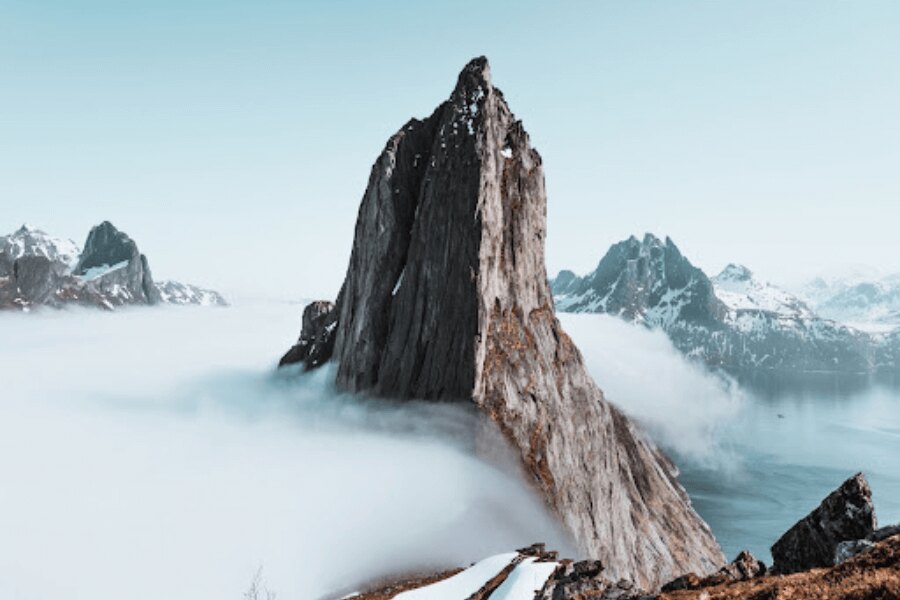
Part of route planning is to proactively share the plan with someone who will stay down and be ready to respond if the situation calls for it.
Plan your route in advance
Trace the route of your journey in advance with your finger on the map. Always pack a paper map with you – electronics run out very quickly in the cold. Ideally, plan your trip only along tourist routes and do not stray from them. At least if you don't know the area perfectly. It is very easy to get lost in mountainous terrain.
In addition to planning your route carefully – and adjusting the difficulty to the weakest member of your group – take your time to take a less challenging route near where you live. Unless you do so regularly. You will find out how you are doing with your physical fitness and whether you are able to cope with the planned hike.
Part of route planning is to proactively share the plan with someone staying down. They can "activate" the mountain service when you stop answering for a while and at the same time cannot be reached. By knowing your route, this person can direct the rescuers more precisely. And you will thus have an increased chance of survival – provided, of course, hat you do not deviate from the planned route somewhere unplanned.
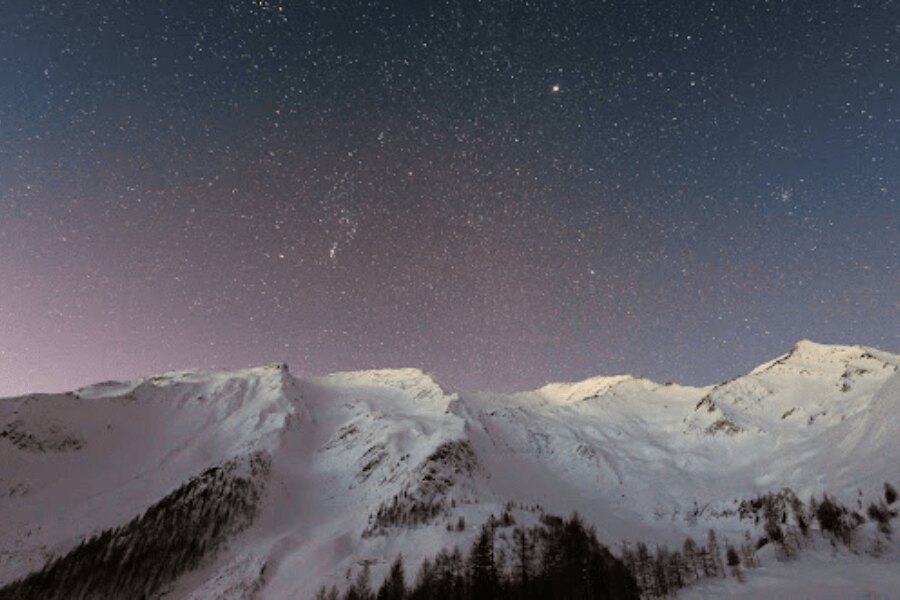
The basic equipment for the winter mountains also includes an avalanche kit. It consists of an avalanche finder (so-called "beep"), an avalanche probe and a folding shovel.
Think about the right equipment
Clothing and accessories
Especially in winter, it is necessary to think about the right equipment for the mountains, which primarily includes properly layered functional clothing. The correct composition of functional clothing consists of three layers, with the first absorbent layer being underwear, the purpose of which is to wick moisture away from the body. The second layer in the form of (for example) sweatshirts has an insulating function, and finally the third, upper layer has a protective function.
In winter, however, the body's peripherals must also be protected. Put suitable gloves on your hands, a hat on your head and a scarf around your neck. The more surface area you have covered, the better. Possible hypothermia will come more slowly. If it's clear, you'd better pack your sunglasses. Sunlight reflecting off the snow can make your eyes hurt.
backpack and snowshoes
However, the above-mentioned snowshoes and a proper backpack hat can hold enough food (see below) can also be included in the equipment for the mountains.
Electronics
Put a mobile phone, which should be 100% charged before the trip itself, in your backpack inside spare clothes,. In winter, it discharges faster. For the same reason, ideally at least one member of the expedition should pack a power bank, again fully charged, for the trip. Insulate it too with spare clothes so hat it discharges as slowly as possible due to possible frost.
Boots
Boots are also an important element of equipment for the mountains. And since we are going to the mountains this time in winter, it should be winter boots. These are specific in hat they protect the foot from frost and moisture, but at the same time they are also breathable. And finally, they should have the right pattern on the sole so you don't slip. Ideally, they will be compatible with crampons with which you will "catch up" the aforementioned glaze ice.
Avalanche kit
We have already written about avalanches, but if you do go to an area where there is at least a potential danger, we recommend hat you pack an avalanche kit with you for the trip. It consists of an avalanche finder (so-called "beep"), an avalanche probe and a folding shovel. Whether you are going on "normal" winter tourism, or if you are a ski alpinist or cross-country skier, an avalanche kit is an important part of your equipment - even if the truth is that it is not one of the cheapest (however, it can be rented at sports equipment rental shops).
Pack enough energy
You lose energy more easily in the winter mountains than in the summer. And this is for various reasons. Because of the snow, you have to take bigger steps, and in addition, the body needs to partially use the energy from the food to warm the body. Therefore, it is necessary to pack enough energy for the trip, always taking into account the time you are going to spend in the nature.
Pack chocolate, energy bars, but also at least one MRE a day. MRE is an abbreviation for "meal ready to eat". Its advantage is hat you don't have to carry a stove with you – it basically heats up by itself thanks to a special chemical reaction.
You can at least temporarily pump up your energy with warm coffee or tea. A half liter or a liter in a thermos won't take much weight during one-day trips and will warm up when needed. Tea is more suitable than coffee, also because it provides the necessary fluids in addition to energy.
But don't drink alcohol - it can be very treacherous in the field. On the contrary, pack enough water – ideally in a hydration bag hat can be part of your backpack. Thanks to this, you will not have to carry a bottle in your hand or take your backpack off your back every now and then to drink.
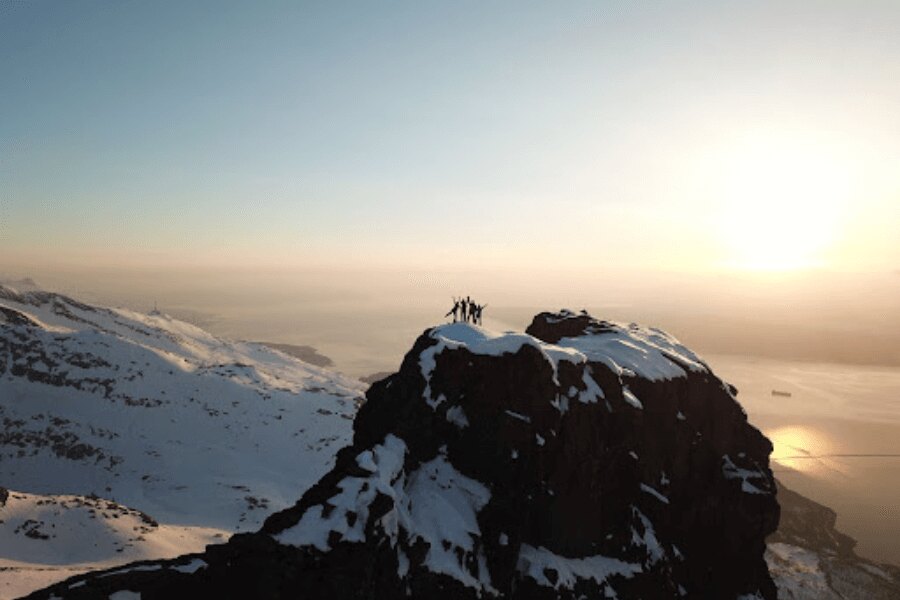
Go on expeditions to the winter mountains in at least two people, so hat in the event of an accident, for example, someone can call for help and ensure basic treatment and thermal comfort.
Don't go alone!
One of the main rules of winter tourism is to go on a trip in at least two people. In the event of an accident, you can get cold very quickly if there is no one to help you. However, this is not the only risk you face.
Another fairly significant risk can be a snowstorm, fog or other change in weather hat can lead to your disorientation. In such situations, it is better not to be alone. If you are leaving the mountain hut on the way, sign in the log book before leaving for the terrain. If you do not arrive back in time, the mountain service may be alerted by the lodger.
And one last note - if you are going on a hike in the mountains outside the Czech Republic (or for Slovak readers outside the Slovak Republic), don't forget to take out "bulletproof" travel insurance with additional risk sports insurance. In the opposite case, the possible trip of the mountain service can be very expensive.
Readers are further interested
